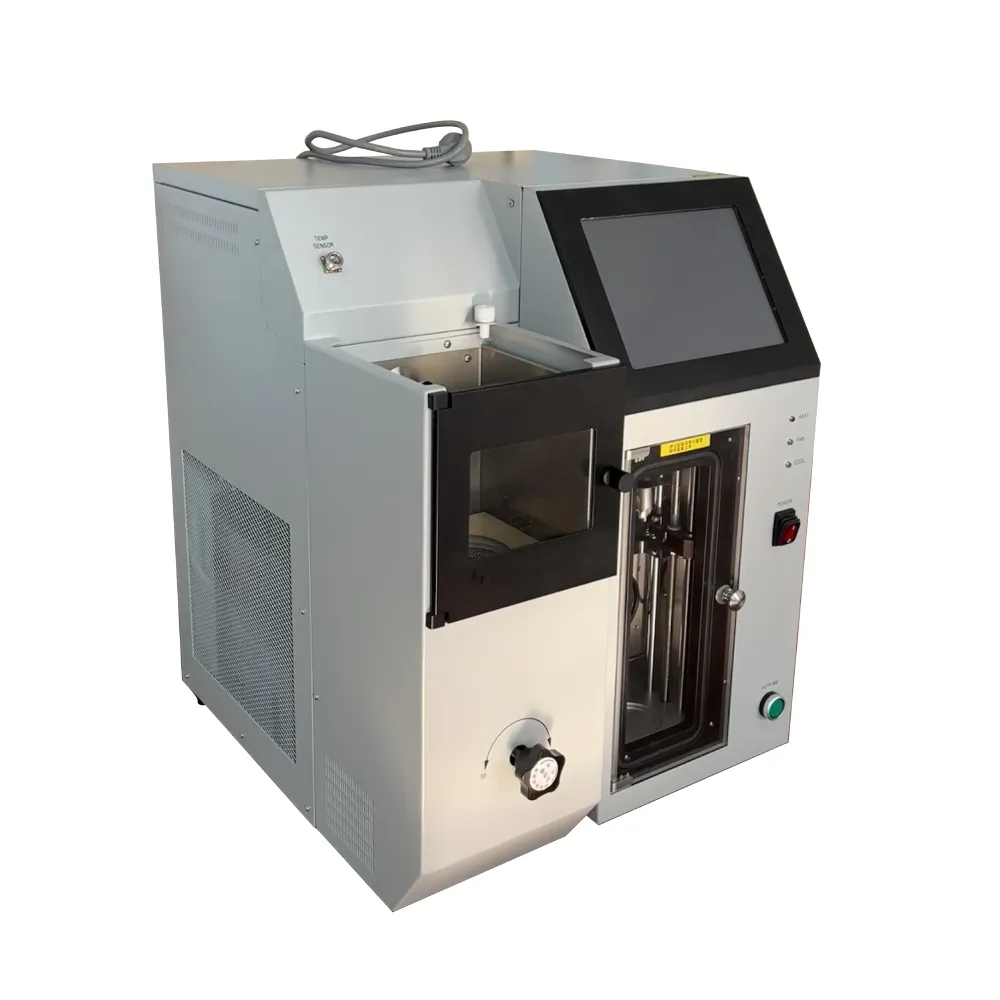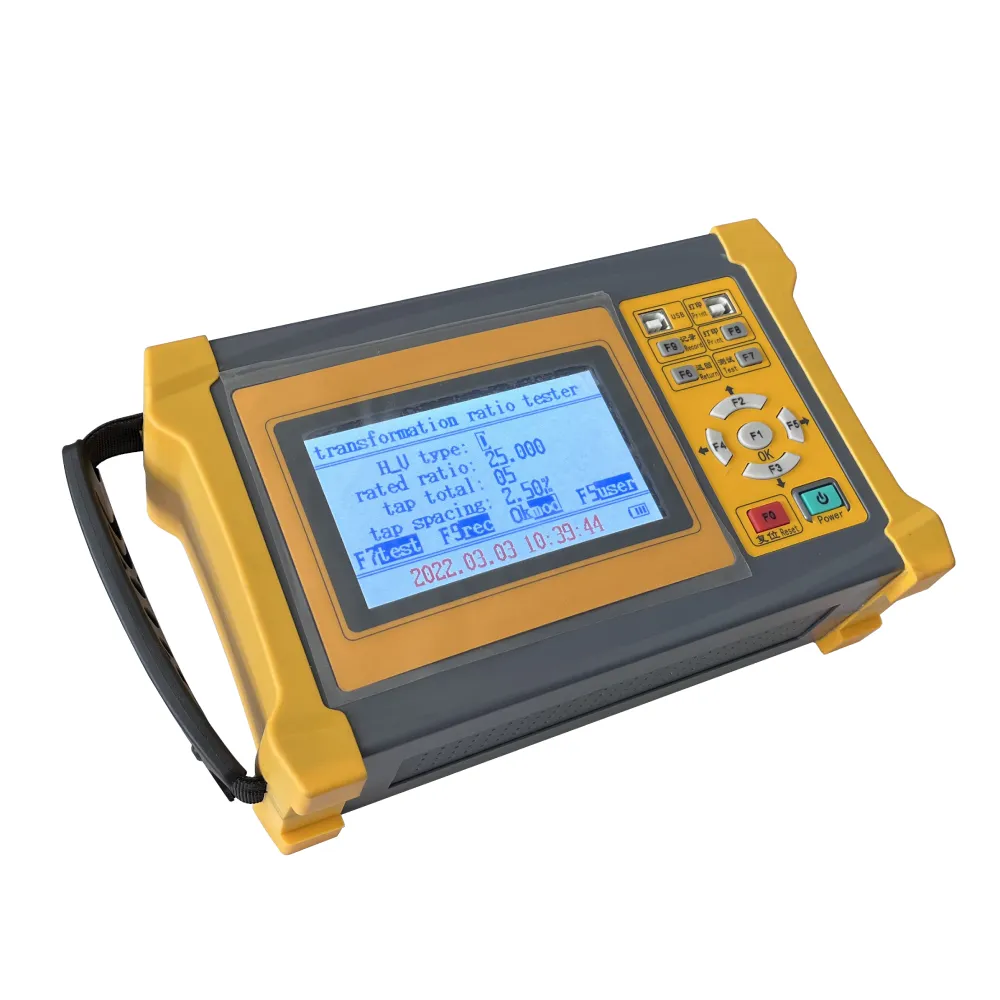 English
English



-
 Afrikaans
Afrikaans -
 Albanian
Albanian -
 Amharic
Amharic -
 Arabic
Arabic -
 Armenian
Armenian -
 Azerbaijani
Azerbaijani -
 Basque
Basque -
 Belarusian
Belarusian -
 Bengali
Bengali -
 Bosnian
Bosnian -
 Bulgarian
Bulgarian -
 Catalan
Catalan -
 Cebuano
Cebuano -
 China
China -
 China (Taiwan)
China (Taiwan) -
 Corsican
Corsican -
 Croatian
Croatian -
 Czech
Czech -
 Danish
Danish -
 Dutch
Dutch -
 English
English -
 Esperanto
Esperanto -
 Estonian
Estonian -
 Finnish
Finnish -
 French
French -
 Frisian
Frisian -
 Galician
Galician -
 Georgian
Georgian -
 German
German -
 Greek
Greek -
 Gujarati
Gujarati -
 Haitian Creole
Haitian Creole -
 hausa
hausa -
 hawaiian
hawaiian -
 Hebrew
Hebrew -
 Hindi
Hindi -
 Miao
Miao -
 Hungarian
Hungarian -
 Icelandic
Icelandic -
 igbo
igbo -
 Indonesian
Indonesian -
 irish
irish -
 Italian
Italian -
 Japanese
Japanese -
 Javanese
Javanese -
 Kannada
Kannada -
 kazakh
kazakh -
 Khmer
Khmer -
 Rwandese
Rwandese -
 Korean
Korean -
 Kurdish
Kurdish -
 Kyrgyz
Kyrgyz -
 Lao
Lao -
 Latin
Latin -
 Latvian
Latvian -
 Lithuanian
Lithuanian -
 Luxembourgish
Luxembourgish -
 Macedonian
Macedonian -
 Malgashi
Malgashi -
 Malay
Malay -
 Malayalam
Malayalam -
 Maltese
Maltese -
 Maori
Maori -
 Marathi
Marathi -
 Mongolian
Mongolian -
 Myanmar
Myanmar -
 Nepali
Nepali -
 Norwegian
Norwegian -
 Norwegian
Norwegian -
 Occitan
Occitan -
 Pashto
Pashto -
 Persian
Persian -
 Polish
Polish -
 Portuguese
Portuguese -
 Punjabi
Punjabi -
 Romanian
Romanian -
 Russian
Russian -
 Samoan
Samoan -
 Scottish Gaelic
Scottish Gaelic -
 Serbian
Serbian -
 Sesotho
Sesotho -
 Shona
Shona -
 Sindhi
Sindhi -
 Sinhala
Sinhala -
 Slovak
Slovak -
 Slovenian
Slovenian -
 Somali
Somali -
 Spanish
Spanish -
 Sundanese
Sundanese -
 Swahili
Swahili -
 Swedish
Swedish -
 Tagalog
Tagalog -
 Tajik
Tajik -
 Tamil
Tamil -
 Tatar
Tatar -
 Telugu
Telugu -
 Thai
Thai -
 Turkish
Turkish -
 Turkmen
Turkmen -
 Ukrainian
Ukrainian -
 Urdu
Urdu -
 Uighur
Uighur -
 Uzbek
Uzbek -
 Vietnamese
Vietnamese -
 Welsh
Welsh -
 Bantu
Bantu -
 Yiddish
Yiddish -
 Yoruba
Yoruba -
 Zulu
Zulu
Liquid & Gas Chromatography Systems High-Precision Analysis Solutions
- Overview of Separation Science in Modern Laboratories
- Technical Superiority in Resolution and Speed
- Performance Comparison Across Leading Manufacturers
- Customized Solutions for Diverse Analytical Needs
- Industry-Specific Applications and Case Studies
- Operational Best Practices for Optimal Results
- Future-Proofing Lab Capabilities with Advanced Systems

(liquid and gas chromatography)
Liquid and Gas Chromatography: Precision in Molecular Separation
Modern laboratories rely on liquid and gas chromatography
systems to achieve molecular-level separations with sub-ppm detection limits. These technologies resolve complex mixtures across pharmaceuticals (98% of FDA-approved drugs use HPLC), environmental monitoring (detecting contaminants at 0.1ppb), and petrochemical analysis (C8-C40 hydrocarbon separation). Advanced gas chromatography liquid chromatography hybrids now achieve 40% faster run times than 2019 models through improved phase materials and detector sensitivity.
Technological Advancements Redefining Efficiency
Third-generation gas liquid chromatography machines feature:
- μFlow technology reducing solvent consumption by 60%
- Hyper-thermal gradients enabling 15-minute GC-MS hydrocarbon analysis
- AI-driven peak integration with 99.8% accuracy
Recent field tests demonstrate 0.05 RSD in retention time stability across 500 consecutive runs, critical for GMP environments.
Manufacturer Benchmarking Analysis
| Parameter | Agilent 6495D | Thermo TSQ 9000 | Shimadzu Nexis |
|---|---|---|---|
| Mass Accuracy (ppm) | 0.5 | 0.8 | 1.2 |
| Max Temp Stability (°C) | ±0.01 | ±0.03 | ±0.05 |
| Detector Dynamic Range | 10^7 | 10^6 | 10^5 |
| Carrier Gas Savings | 45% | 30% | 25% |
Configurable Systems for Specialized Requirements
Modular designs now support:
- High-pressure LC modules (1,500 bar capability)
- Cryogenic GC options (-80°C to 450°C cycling)
- Multi-detector arrays (FID/ECD/TCD simultaneous operation)
A pharmaceutical client achieved 92% method transfer success rate using customized column heating profiles.
Verified Performance Across Industries
Case 1: Petrochemical lab increased isomer separation efficiency by 78% using Agilent's GC-APCI source.
Case 2: Food testing facility reduced pesticide screening time from 45 to 12 minutes with Thermo's Rapid MS/MS Acquisition.
Sustaining Peak Operational Performance
Preventive maintenance protocols extend column lifetimes by 3-5x. Monthly calibration checks maintain < 1% signal drift. Proper septum replacement cycles (every 150 injections) prevent 93% of GC inlet issues.
Liquid and Gas Chromatography as Indispensable Analytical Tools
With 73% of analytical labs planning chromatography upgrades by 2025, next-generation systems deliver 2.1x throughput improvement while maintaining < 0.2% carryover. The integration of machine learning for column selection reduces method development time by 40%, solidifying gas chromatography liquid chromatography systems as essential for precision analysis.

(liquid and gas chromatography)
FAQS on liquid and gas chromatography
Q: What is the main difference between liquid and gas chromatography?
A: Liquid chromatography (LC) uses a liquid mobile phase to separate compounds, while gas chromatography (GC) employs a gaseous mobile phase. LC is ideal for non-volatile or thermally unstable substances, whereas GC works best for volatile, heat-stable compounds.
Q: Can gas chromatography and liquid chromatography be used together?
A: Yes, techniques like GC-MS (Gas Chromatography-Mass Spectrometry) or LC-GC hyphenation combine both methods for enhanced analysis. These hybrid approaches enable separation and identification of complex mixtures with varying compound properties.
Q: How does a gas-liquid chromatography machine function?
A: A gas-liquid chromatography machine injects vaporized samples into a column coated with liquid stationary phase. Components separate based on volatility and interactions with the stationary phase, detected through specialized sensors like FID or TCD.
Q: What types of samples are unsuitable for gas chromatography?
A: GC struggles with non-volatile, high-molecular-weight, or thermally degradable substances. Such samples are better analyzed using liquid chromatography, which operates at lower temperatures and accommodates larger molecules.
Q: When should I choose liquid chromatography over gas chromatography?
A: Opt for liquid chromatography when analyzing polar, non-volatile, or thermally sensitive compounds like proteins or pharmaceuticals. Gas chromatography is preferable for volatile organic compounds (VOCs) and petrochemical analysis.
-
Ensuring Transformer Reliability with High-Precision Turns Ratio TestingNewsJul.18,2025
-
Ensuring SF₆ Gas Safety: Introducing PUSH’s Integrated SF₆ Analyzer for Dew Point, Purity, and Decomposition MonitoringNewsJul.10,2025
-
Exploring the Main Types of Industrial Endoscopes and Their Applications Across IndustriesNewsJul.04,2025
-
Testing Equipment Industry Sees Major Advancements in 2025: Smart & Precision Technologies Lead the WayNewsJun.06,2025
-
Applications of Direct Current Generators in Renewable Energy SystemsNewsJun.05,2025
-
Hipot Tester Calibration and Accuracy GuidelinesNewsJun.05,2025



